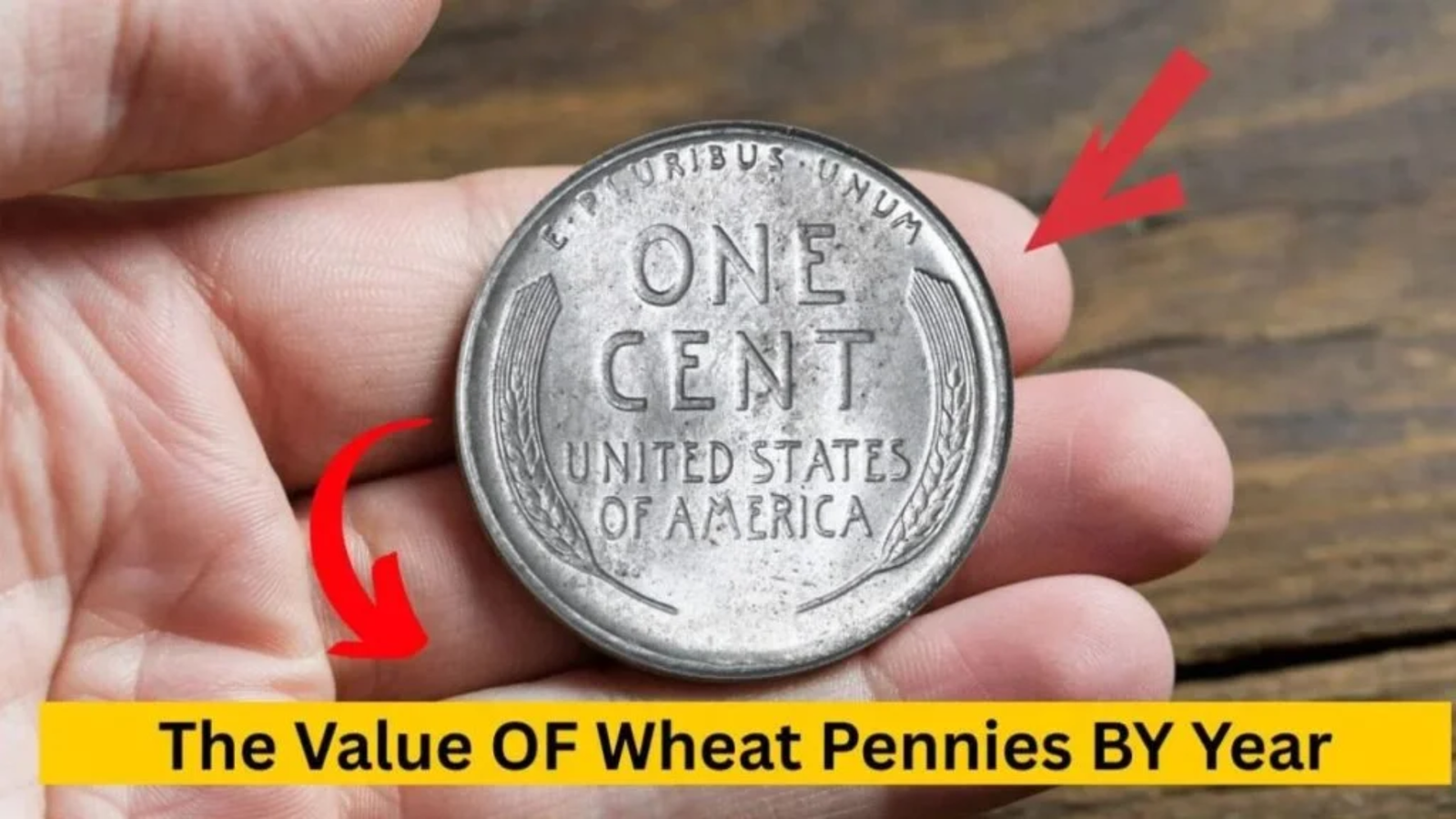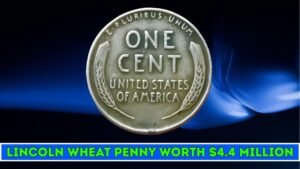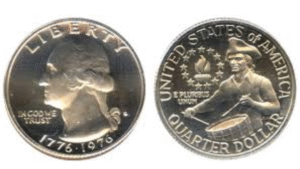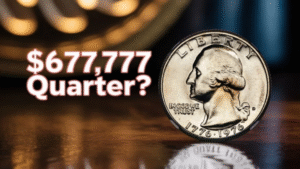Wheat Penny Values in the Last 10 Years: Ever wondered if that dusty penny in your drawer could fund a family vacation? Over the past decade, Lincoln Wheat Penny values have surged, with rare finds fetching thousands at auctions. From 2015’s steady climbs to 2025’s collector frenzy, these copper icons blend history and hidden riches. Discover trending varieties, sales highs, and tips to spot your own pocket treasure.
A Quick Dive into Lincoln Wheat Penny History
The Lincoln Wheat Penny, minted from 1909 to 1958, honors Abraham Lincoln’s legacy. Launched for his 100th birthday, it was the first U.S. coin with a president’s real face, ditching abstract symbols for a personal touch.
Design Features and Minting Basics
Designer Victor David Brenner shaped the front with Lincoln’s profile facing right, “IN GOD WE TRUST” overhead, “LIBERTY” on the left, and the year below. A small “D” or “S” marks Denver or San Francisco mints; blank means Philadelphia.
The back shows wheat stalks framing “ONE CENT” and “UNITED STATES OF AMERICA”—hence the “Wheat” nickname. Mostly 95% copper, wartime needs switched some to steel in 1943, with rare bronze slips creating errors. Over 20 billion circulated through booms and busts, making commons easy finds but stars elusive.
What Shapes Wheat Penny Worth Today?
Penny values hinge on scarcity, shape, and quirks. Most circulated ones trade near face value, but top grades from pros like PCGS (1-70 scale, 70 perfect) multiply prices. Over 10 years, demand from new hobbyists and online buzz has lifted averages 20-50%.
Big Influences on Prices
- Rare Dates and Mints: Low-output years like 1914-D shine.
- Errors and Oddities: Doubled letters or wrong metals boost bids.
- Condition and Color: Mint-fresh “red” (RD) outpace toned “brown” (BN).
- Market Shifts: Economic ups, like 2020’s pandemic collecting spike, fueled gains.
Trends show steady rises, with 2025 auctions hitting new peaks amid inflation hedges.
Spotlight on Top Varieties Gaining Ground
Certain Wheat Pennies have rocketed in value since 2015. Focus on these for hunts:
Iconic Rarities and Their Stories
- 1909-S VDB: Brenner’s initials sparked debate; low mintage (484,000) keeps it hot.
- 1914-D: Just 1.2 million made; a collector staple.
- 1922 No D: Faded mint mark from overpolishing—error gold.
- 1931-S: Depression-era low run (866,000).
- 1943 Bronze: Wartime copper goof amid steel production.
- 1955 Doubled Die: Famous fuzzy letters from a die slip.
These gems trace American tales, from innovation to mishaps, drawing steady buyers.
Decade of Growth: Wheat Penny Value Trends 2015-2025
From 2015’s modest starts to 2025’s highs, values climbed with collector waves. Commons edged up slightly, but rares exploded—up 100-300% for elites. Data from PCGS and auctions shows the surge, tied to online markets and economic jitters.
Here’s a table tracking average values for key varieties in circulated (good shape) and high-grade (MS65+ RD) conditions. Figures blend auction averages; actuals vary by sale.
| Year | Common Wheat Penny (Circulated) | 1909-S VDB (MS65+ RD) | 1914-D (MS65+ RD) | 1943 Bronze (MS63 BN) | 1955 Doubled Die (MS65 RD) |
|---|---|---|---|---|---|
| 2015 | $0.10 – $0.50 | $50,000 – $80,000 | $30,000 – $50,000 | $150,000 – $200,000 | $80,000 – $100,000 |
| 2017 | $0.12 – $0.60 | $60,000 – $90,000 | $40,000 – $60,000 | $180,000 – $220,000 | $90,000 – $110,000 |
| 2019 | $0.15 – $0.80 | $70,000 – $100,000 | $50,000 – $70,000 | $200,000 – $250,000 | $100,000 – $120,000 |
| 2021 | $0.20 – $1.00 | $80,000 – $120,000 | $60,000 – $80,000 | $250,000 – $300,000 | $110,000 – $140,000 |
| 2023 | $0.25 – $1.20 | $90,000 – $140,000 | $70,000 – $100,000 | $280,000 – $350,000 | $120,000 – $160,000 |
| 2025 | $0.30 – $1.50 | $100,000 – $168,000+ | $80,000 – $158,000 | $300,000 – $372,000+ | $130,000 – $180,000+ |
This snapshot highlights the upward arc—rares doubled, commons held steady as keepsakes.
Blockbuster Auctions: Decade’s Hottest Wheat Penny Sales
The last 10 years delivered jaw-dropping hauls, proving circulation hides fortunes. Heritage and Stack’s Bowers hosted most, with grades sealing deals.
Standouts include:
- 1943 Bronze MS62BN: $372,000 (2021, Heritage)—wartime wonder.
- 1917 Doubled Die MS67+RD: $180,000 (2019, Heritage)—sharp error standout.
- 1944 Steel MS64: $180,000 (2021, Heritage)—post-war rarity.
- 1909-S VDB MS67RD: $168,000 (2022, Heritage)—initials icon.
- 1914-D MS66+RD: $158,625 (2018, Heritage)—low-mint legend.
- 1955 Doubled Die MS65+RD: $114,000 (2018, Stack’s)—die drama.
- 1909-S Over Horizontal S MS67RD: $32,900 (2022, Heritage)—mint mark mix-up.
- 1931-S MS66+RD: $18,600 (2021, Heritage)—scarce survivor.
These sales, up from 2015 baselines, reflect booming interest—perfect for spotting trends.
Spotting Hidden Wheat Penny Gems in Circulation
With billions minted, valuables still turn up in jars or bank rolls. Odds favor patient eyes.
Easy Hunt Steps
- Date Check: Target 1909-1918, 1922, 1931, 1943, 1955.
- Mint Scan: “S” or “D” on low years? Prime pick.
- Error Spot: Doubled edges, off-metals (bronze ’43 weighs 3.1g vs. steel 2.7g).
- Shape Assess: Shiny details, no big scratches—grade potential.
- Tools: Magnifier, scale, apps like CoinSnap.
Grab $0.50 rolls from banks; estate sales yield old stashes. Verify suspects at shops.
Smart Start for Wheat Penny Collectors
New to numismatics (coin chasing)? Build wisely:
- Safe Handling: Glove touches; store in albums, skip cleaning.
- Grade Smart: PCGS/NGC slabs add 20-40% value.
- Buy/Sell Guide: eBay for entry; auctions for elites.
- Stay Sharp: Track PCGS guides; join Reddit’s r/coins for alerts.
Hobby joy trumps jackpots—most finds spark stories.
Wrapping Up: Your Chance at Wheat Penny Riches
The last decade transformed Wheat Pennies from relics to rising assets, with values doubling for rares amid collector surges. From 2015’s quiet trades to 2025’s $372,000 smashes, these coins whisper American grit. Unearth yours from change piles—thousands await the watchful. Dive in, discover, and who knows? Your humble cent could crown a collection.
FAQ: Wheat Penny Values and Hunting Basics
Have Wheat Penny prices really doubled in 10 years?
Yes, rares like 1943 Bronze jumped from $150k averages in 2015 to $372k highs by 2025, per auction data.
What’s the top Wheat Penny sale since 2015?
A 1943 Bronze MS62BN at $372,000 in 2021— a circulation escapee.
Do common Wheat Pennies gain value?
Slightly; circulated ones rose from $0.10 to $0.30, but they’re fun starters under $2.
How to confirm a rare find’s worth?
Weigh, photo, then grade via PCGS—avoids fakes.
Where to sell high-value Wheat Pennies?
Local shops for quick cash; Heritage Auctions for max bids on gems.




